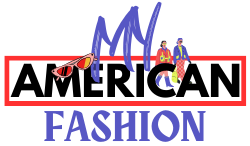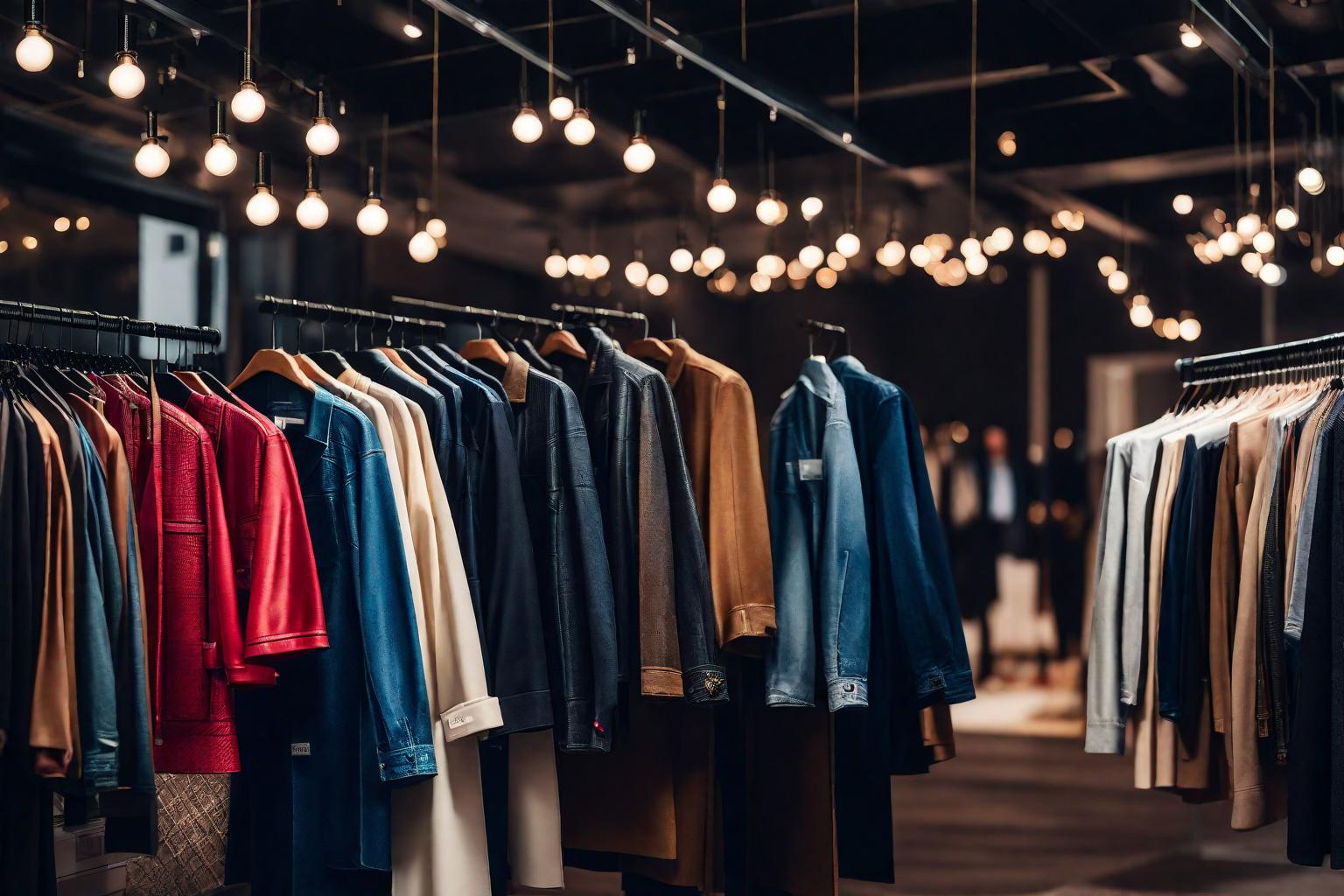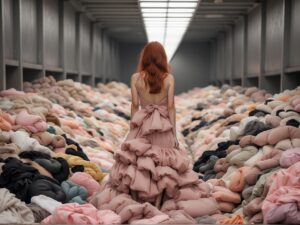Ever wondered which fast fashion brands to avoid in 2024? Forget endless scrolling through mountains of micro-mini skirts and neon crop tops. We’re here to bust the myth of fast fashion’s fleeting glam and show you the real cost hidden behind those $50 price tags. Buckle up, fashion detectives, because we’re about to uncover the truth about brands you might want to skip. And swap for ethical alternatives that are kind to your wallet, the planet, and the people who make your clothes.
Think shimmering sequins sparkling like tears in a polluted river. Each year, the apparel industry wastes 20% of global water and causes 10% of carbon emissions. Those trendy polyester shirts? They release microplastics by the thousands with every wash, poisoning our oceans are infiltrating our food chain.
Picture mountains of discarded clothes towering over child laborers stitching the next season’s “must-have” items. Fast fashion flourishes on improper labor practices. In most developing countries workers are subjected to abysmal wages. They are often subject to dangerous working conditions and even child labor.
But hope is there! Just like ripping off a poorly stitched label, we can tear away from the illusion of fast fashion. We can embrace a more conscious, ethical way of dressing. This isn’t about discarding style; it’s about reevaluating it. It’s about wearing clothes that reflect our values. Which is not fueling environmental destruction and human suffering.
Why is fast fashion bad?
Fast fashion is the dark side of the fashion industry. It’s churning out trendy clothes at breakneck speed. And often at the expense of the environment and human rights. It might tempt you with its trendy styles and alluring price tags. But its hidden costs are immense and far-reaching. Let’s peel back the curtain and see why this seemingly harmless industry casts a long. Dark shadow on both our planet and the people who make our clothes.
Imagine a world where landfills overflow with mountains of discarded clothing. Here rivers are choked with toxic dyes, and the air is heavy with the haze of industrial pollution. This, sadly, is not dystopian fiction but the harsh reality woven into the fabric of fast fashion.
The fast fashion frenzy fuels a cycle of overconsumption and rampant waste. Millions of tons of unwanted clothes end up in landfills every year. It’s taking centuries to decompose and releasing harmful methane gas in the process. This not only fills up valuable space but also contributes to climate change.
In 2024, it’s time to break free from the cycle and embrace conscious consumerism. This means understanding the dark side of fast fashion and making informed choices about the brands you support. This blog post will equip you with the knowledge to navigate the world of fashion with a discerning eye. We’ll expose 15 fast fashion brands to avoid and show you how to recognize the red flags of unsustainable practices.
Top 15 fast fashion brands to avoid
1. Zara
Zara is one of the big names in fast fashion. They started the whole fast fashion thing back in the early 90s when they opened a store in New York. Zara makes and sells a crazy amount of clothes every year, up to 450 million items! And get this – they come up with hundreds of new designs every week. That’s a lot of clothes!
Now, when we talk about fast fashion brands to avoid or check out online, Zara is on the list. See, making so many clothes so quickly can have downsides. It might mean more waste and sometimes, the people making the clothes might not have the best working conditions.
So, if you’re thinking of shopping for fast fashion brands online and want to make a good choice, it’s worth considering how a brand like Zara operates. There are other options out there that focus on being more eco-friendly and treating workers well. Just something to keep in mind.
2. H&M
H&M is another huge fast fashion name. It’s right up there with Zara in making a lot of money and being known globally. But here’s the scoop – H&M has its drawbacks. They produce a ton of clothes, adding to the pile of textile waste. Plus, there’s been talk about not-so-great conditions for the workers. In 2019, they promised to improve wages but didn’t follow through.
3. Forever 21
Forever 21 is a big player in cheap and trendy clothes. They’re all about low prices. But here’s the thing – the working conditions for the folks making those clothes are not great. According to the Los Angeles Times, workers get paid super low wages, like as little as $4 an hour, and they work long, tough hours. When checking out fast fashion brands online, Forever 21 is on the list to be cautious about. Some brands focus more on treating workers better and being more responsible with their practices.
4. Primark
Primark is a popular European brand. They sell a lot of stuff, but there are some things to know. The Guardian found out that Primark uses child labor in an Indian refugee camp to make their clothes super cheap. That’s not cool, right? Also, they were linked to the Rana Plaza Collapse, the worst factory disaster ever. So, when you’re checking out fast fashion brands online, think twice about Primark. Some other brands focus on better practices and treating everyone right.
5. Topshop
Topshop is a fast fashion store from the UK with lots of shops worldwide. But there’s a downside to this brand. According to The Guardian, the folks working at Topshop don’t get paid well and have to deal with a lot of stress. Not good, right? Also, the big boss, Philip Green, was accused of taking more than £517 million from employees’ pension funds. So, when you’re thinking about fast fashion brands online, Topshop might not be the best choice. There are other brands out there doing better by their workers.
6. ASOS
ASOS is a big online fast fashion store from the UK. But guess what? It’s faced some criticism. People aren’t happy about how ASOS does things. They’ve been accused of not being great for the environment and using cheap, throwaway materials. Forbes even reported that the folks making the clothes might not have the best working conditions, and there might be child labor involved. So, if you’re looking at fast fashion brands online, you might want to consider how ASOS measures up. Some other brands focus more on being eco-friendly and treating workers well.
7. Mango
Mango is a big Spanish fast-fashion brand that’s made a ton of money recently. But here’s the thing: a report from the Business and Human Rights Center found out that Mango hasn’t been treating its workers in Myanmar very well. They’re dealing with stuff like not getting enough breaks. Also having to work extra hours, getting low pay, and having tough productivity goals. So, when you’re thinking about fast fashion brands online, it’s worth considering how Mango treats its workers. Some other brands focus more on doing things right.
8. Uniqlo
Uniqlo is a big fast-fashion brand from Japan. They’re owned by Fast Retailing Co., a major player in the fashion world. Now, Uniqlo says they care about sustainability and treating workers well. But there’s been some questioning about their connection to exploiting Uyghurs in Xinjiang and forced labor in China. It’s a bit of a concern, right? So, when you’re checking out fast fashion brands online, you might want to look into Uniqlo’s track record. Some other brands are more transparent about their practices.
9. Boohoo
Boohoo is a big online fashion brand from the UK. They’ve talked about being against “modern slavery” and taking steps to avoid it. But here’s the twist: a recent report on business and human rights says Boohoo is not doing great when it comes to human rights, according to United Nations guidelines. It’s like they’re saying one thing, but reality is showing something else. So, if you’re into fast fashion brands online, Boohoo might be one to think twice about. Some other brands are more committed to doing the right thing.
10. Missguided
Missguided is a UK brand that started in 2009 and has grown fast. But here’s the not-so-great part: in June 2022, the Ethical Trading Initiative (ETI) suspended them. Why? There were claims that they let go of hundreds of workers in Pakistan without paying them enough. So, when you’re looking at fast fashion brands online, you might want to consider Missguided’s track record. Some other brands focus more on treating workers fairly.
11. Shein
Shein is a big Chinese fast-fashion brand that’s become super popular worldwide. Now, Shein is known for being “ultra-fast fashion,” meaning they’re even quicker than some other brands. They’ve been growing fast, offering tons of new clothes every month at super low prices. But here’s the not-so-great part: reports from Public Eye and Business Human Rights show evidence of forced labor and poor health and safety in Shein’s factories. So, when you’re thinking about fast fashion brands online, it’s good to be aware of Shein’s practices. There are other brands out there that focus on better conditions for workers.
12. Fashion Nova
Fashion Nova is a brand that’s been around since 2006. But here’s the thing – reports from Business Human Rights say that the people working for Fashion Nova are getting paid less than the minimum wage. On top of that, they have to work long hours to keep up with the fast pace of the fashion industry. So, if you’re thinking about fast fashion brands online, it’s good to know about Fashion Nova’s track record. Some other brands focus more on treating their workers better.
13. PrettyLittleThing
PrettyLittleThing is a UK brand that focuses on fast fashion for women. Now, a report from LSU Media in 2022 says that some materials in PrettyLittleThing’s products might be harmful, causing cancer and birth defects. And guess what? PrettyLittleThing is part of the Boohoo Group, and they seem to follow similar ethical standards. So, if you’re checking out fast fashion brands online, it’s worth considering this information. Some other brands might prioritize safer materials and better ethical practices.
14. Urban Outfitters
Urban Outfitters, is a brand with a history of borrowing ideas. Without giving credit to independent artists and sometimes appropriating culture. They’ve been in trouble a few times. Accused of illegal copyright infringement for not playing fair with artists. And here’s another thing: some reports say that Urban Outfitters works with suppliers that might not treat their workers well, with conditions similar to sweatshops. So, when you’re thinking about where to shop, it’s good to be aware of Urban Outfitters’ track record. Some brands focus more on being fair to artists and treating workers right. conditions.
15. GAP
GAP is a big American fast-fashion brand that’s been around for a long time. A report from iNews says that GAP’s clothes are often made from cheap materials that end up in landfills, messing up the environment.And there’s more: some of GAP’s overseas suppliers have faced claims of not treating workers well, with issues like low wages and bad working conditions. So, when you’re considering fast fashion brands online, it’s worth thinking about GAP’s practices. Some other brands are more mindful of the environment and treat their workers better.
Fast fashion negative effects
- The textile industry, a major contributor to fast fashion, is the second largest global polluter, responsible for wastewater and carbon emissions. This is more than international flights and maritime shipping combined! The production and dyeing of cheap, synthetic materials release harmful chemicals into waterways, contaminating communities and polluting the atmosphere.
- Synthetic clothing sheds tiny plastic fibers called microplastics during washing, which end up in oceans and the food chain. These microplastics harm marine life and raise potential health concerns for humans.
- Producing a single cotton t-shirt requires around 700 gallons of water, enough to fill 3 bathtubs! Fast fashion’s immense production puts a strain on water resources, especially in cotton fields with a person watering the plants.
- Mountains of unwanted fast fashion garments end up in landfills each year, taking centuries to decompose and releasing harmful methane gas. This not only fills up space but also contributes to climate change.
- Workers in developing countries who make our fast fashion clothes often earn barely enough to survive, trapped in a cycle of poverty.
- Poorly maintained factories, long hours, and unsafe machinery put workers at risk of injury and even death.
- The dark underbelly of fast fashion includes reports of children working long hours in dangerous conditions to satisfy our demand for cheap clothes.
Conclusion
We stand at a pivotal crossroads in the world of fashion. On one path lies the tangled mess of fast fashion. A whirlwind of environmental exploitation and human cost. But, there is a vibrant tapestry of conscious consumerism. And ethical choices beckon, promising a sustainable future we all want to live in.
Remember, our purchases are powerful votes. Every item we choose whispers a story. One of mindless consumption or mindful intention. By prioritizing brands committed to eco-friendly practices, fair labor, and ethical sourcing. We empower changemakers and propel the industry toward a brighter future.
Let’s not be swept away by fleeting trends or swayed by cheap price tags. Instead, arm ourselves with knowledge. Research brands, and seek certifications like Fair Trade or B Corp. And delve into the materials and stories behind each garment. Embrace slow fashion and cherish quality over quantity. Invest in timeless pieces that reflect your values and age gracefully.
This journey towards a sustainable wardrobe is a collective dance. Share this message, amplify the voices of ethical brands, and ditch fast fashion like a worn-out trend. Let’s weave a future where style and sustainability go hand-in-hand, where every button tells a story of conscious change. And the fabric of our world is stitched with hope.
Take action today
- Share this post and spark conversations about conscious consumerism.
- Research and support ethical brands that align with your values.
- Ditch fast fashion and embrace secondhand finds, clothing swaps, and mindful purchases.
- Let your voice be heard – demand transparency and ethical practices from the fashion industry.
Together, we can find the narrative of fashion. Let’s wear our values on our sleeves, thread kindness into every seam, and stitch a future where style and sustainability blossom harmoniously.


